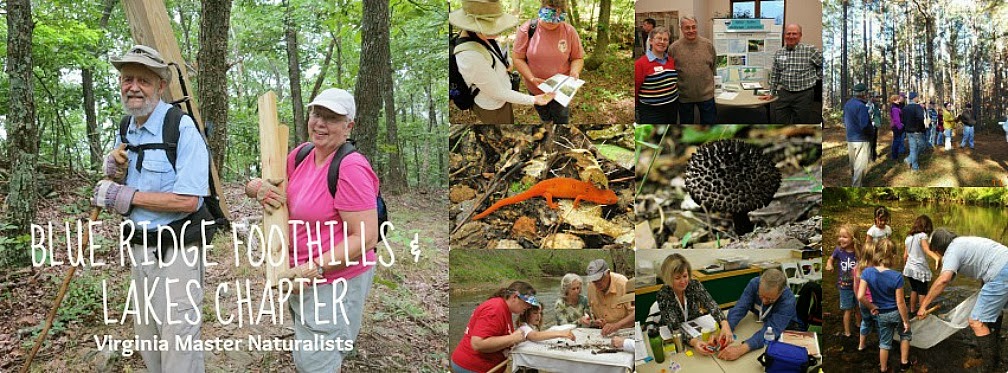You may or may not know this, I lived in Washington State (western wa) and thought all the fir trees were from there. When we moved to these Blue Ridge Mountains of Virginia I learned better!
Wiki shares:
Fraser Fir (Abies fraseri) is a species of fir native to the mountains of the eastern United States. It is closely related to Balsam Fir (Abies balsamea), of which it has occasionally been treated as a subspecies (as A. balsamea subsp. fraseri (Pursh) E.Murray) or a variety (as A. balsamea var. fraseri (Pursh) Spach.
The species is named after the Scottish botanist John Fraser (1750–1811), who made numerous botanical collections in the region.[3] It is sometimes misspelled as "Frazer" or "Frazier".
In the past, it was also sometimes known as "she-balsam" because resin could be "milked" from its bark blisters,[6] in contrast to the "he balsam" (Red Spruce) which could not be milked. It has also occasionally been called balsam fir, inviting confusion with A. balsamea.[7]
The Fraser Fir is restricted to the southeastern Appalachian Mountains in southwestern Virginia, western North Carolina and eastern Tennessee, where it occurs at high elevations, from 3,900 feet to the summit of Mount Mitchell, the highest point in the region at 6,683 feet (1,200 m up to 2,037 m). It lives in acidic moist but well-drained sandy loam, and is usually mixed with Picea rubens (Red Spruce). Other trees it grows with include Tsuga caroliniana (Carolina Hemlock), Betula alleghaniensis (Yellow Birch), Betula papyrifera (Paper Birch), and Acer saccharum (Sugar Maple). The climate is cool and moist, with short, cool summers and cold winters with heavy snowfall.[2][3] ...more here.
So if you buy a real Christmas tree to decorate for the holidays, consider the part these Blue Ridge Mountains play in the most attractive trees for our homes! I know a Fraser Fir is always on the top of our list, they shed less, they smell nice and they are simply beautiful! And if you don't, then come on out to the Blue Ridge Mountains and take in the flora and fauna yourself, we'd love to have you visit this diverse region, Virginia. Don't forget your camera! Virginia Master Naturalists never do.



No comments:
Post a Comment
Thanks for your comment and interest! NOW GO OUTSIDE!